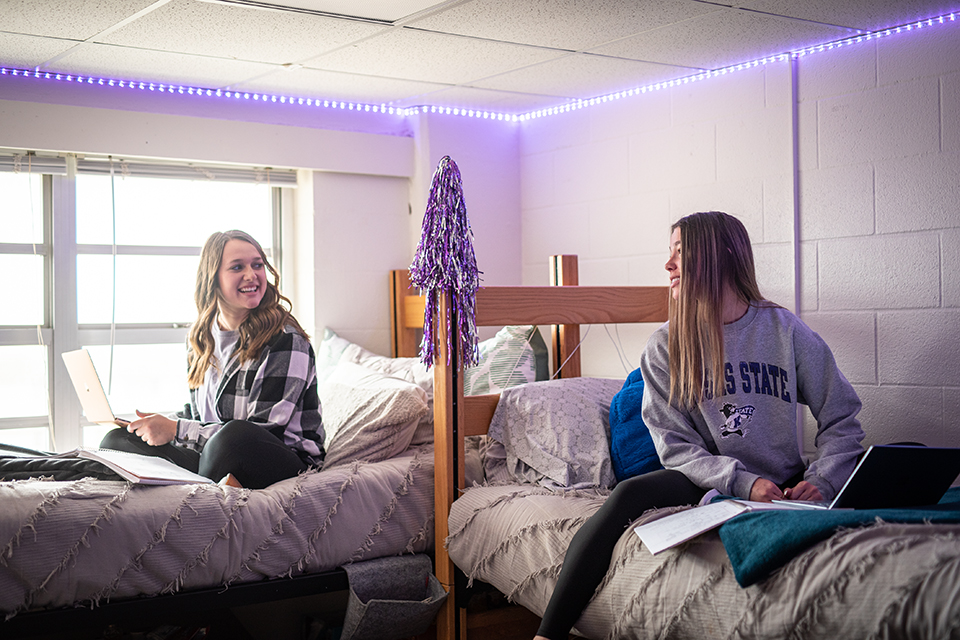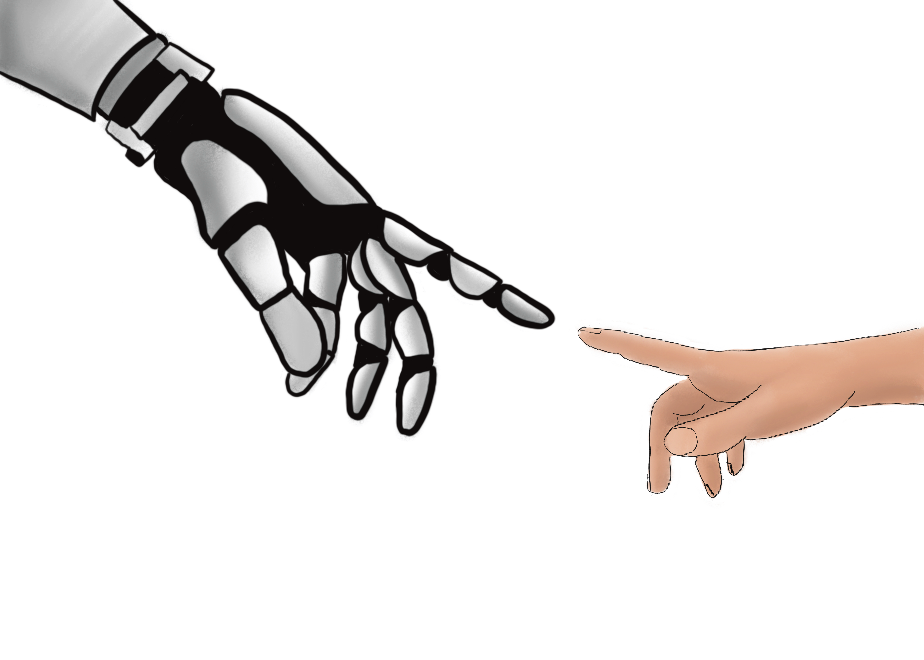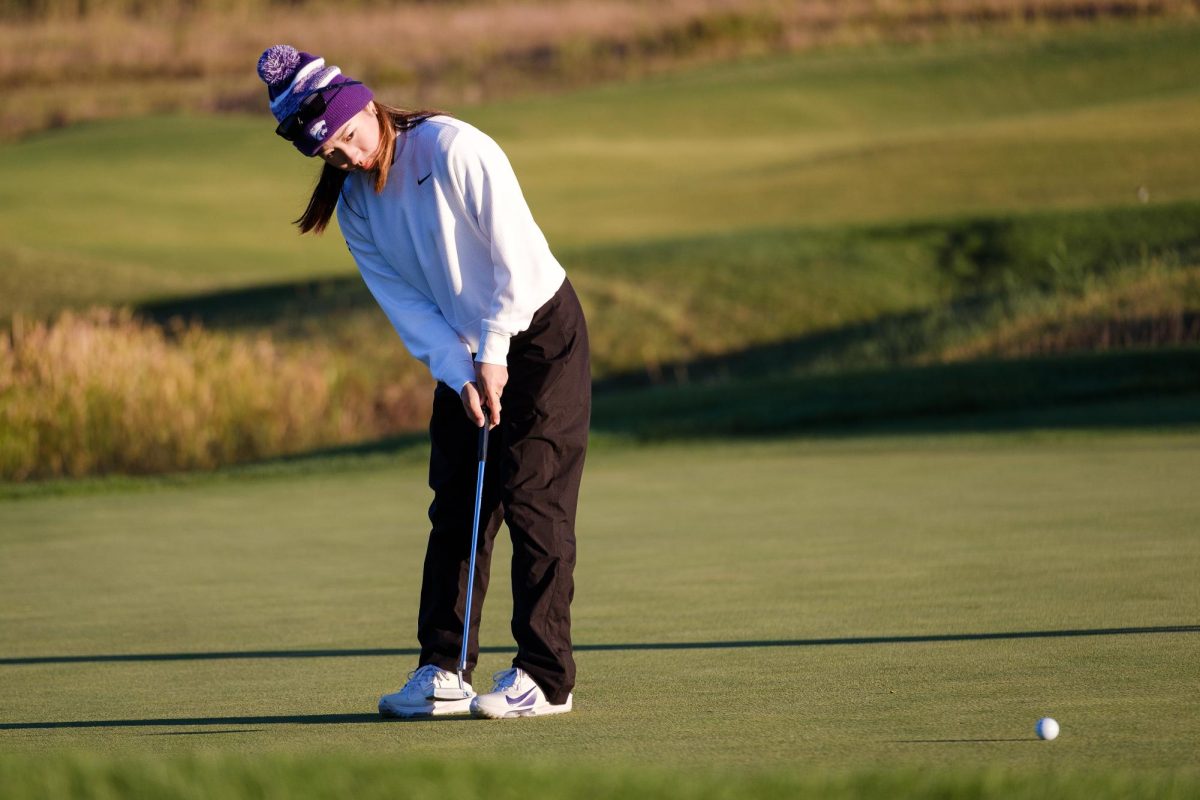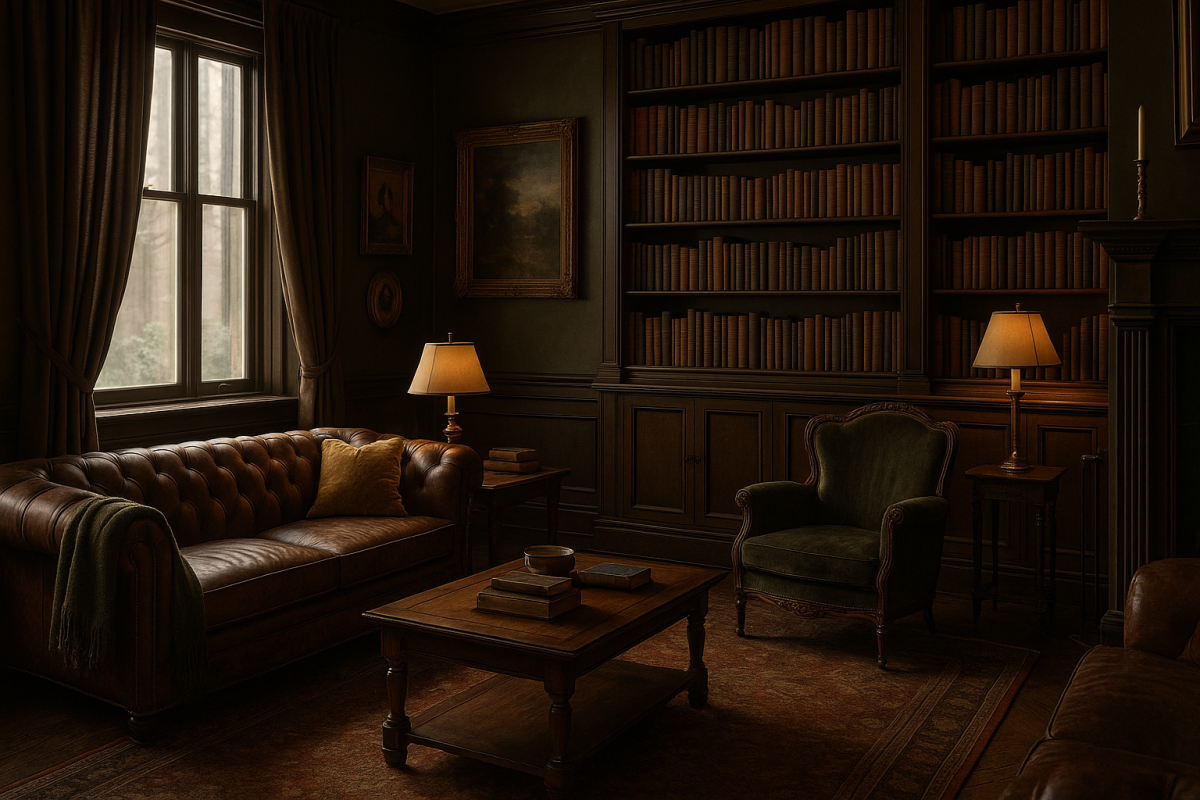- Any specific use of the stage curtains is meant to set up the mood for each and every event.
- Understand different types of stage curtains and their purposes.
- Learn how to maintain your stage curtains.
The Important Function of Stage Curtains
Stage curtains are important elements in setting the atmosphere and function of a performance area. They have several functions, including concealing areas and transitions backstage and controlling sound and light to keep the audience focused on the performance. Each curtain serves a different purpose, from the grand main curtain that opens the show to the framing of the action by the legs and borders. Additionally, these curtains add depth to the stage and visually contribute to the storytelling. They work in harmony with other elements such as theater backdrops for dramatic reveals or subtle scene changes.
Types of Stage Curtains
Knowing about the type of stage curtains that exist will best position you to make an appropriate decision for the event. From grand drapes standing tall and commanding attention to backdrops that subtly set the scenery, all are stand-alone items for their purpose.
- Grand Drapes: These usually refer to the main curtains that draw back the opening of the stage. These curtains are often made of heavy, luxurious fabrics and are designed to create a dramatic effect when they are opened to reveal the stage. They can be drawn or raised adding an element of surprise and grandeur to the performance.
- Legs and Borders: These curtains frame the stage on either side and along the top. Legs are narrow and tall, masking the wings of the stage while borders are wide but short and traverse across the top of the stage. They may together be used to define the performance area and changed according to different scenes and settings.
- Scrims: These are very light, gauzy curtains which create different optical sights according to how they are lit. When front-lit, scrims appear to be opaque; when backlit, it is translucent. This makes them perfect and effective in creating magical transitions and mysterious scenes for your production.
- Backdrops: Large, painted, or plain curtains serve as the scenic background. Backdrops can depict various scenes or landscapes, providing a visual context that enhances the narrative of the performance. Whether it’s a backdrop of a forest, a cityscape, or simply a colored wash, it’s important for setting the scene.
Factors to Consider When Choosing Stage Curtains
A selection of appropriate stage curtains involves several very important considerations. Each one of these would contribute immensely to the suitability of the curtains for your event and increase the aesthetic value of the performance.
- Material: The type of fabric used is paramount. Heavy fabrics like velvet are mostly employed in tagged drapery due to their beautiful look and resonance characteristics. Lighter materials like muslin are usually used for drops and scrim. It’s also important from the safety point of view that your selected fabric should be according to flame retardancy.
- Size: The curtains should be custom-made to fit the stage perfectly, requiring precise measurements and consideration of installation impact. Curtains that are bigger than required, or even smaller, will interfere with the visual balance of the stage and may never work right.
- Color: The color of the curtain should be harmonious according to the theme of an event and lighting design. Dark colors create dramatic possibilities and a dark, intimate setting opens a space with lighter tones. The colors have to be viewed under different conditions of lighting so they achieve the desired effect.
- Functionality: Depending on the event, the curtains will require different functionalities. For instance, for a theater production, curtains may be required to move and adjust with ease within scenes, while acoustic control may be crucial for corporate events.
Care and Maintenance of Stage Curtains
Stage curtains will require proper care to see them serve on stage for a long time in good and safe conditions. Without proper care, even the most beautiful curtains can fall apart in no time, affecting both their looks and functions. Of course, you will need to clean them regularly, which will involve dusting, removing dirt and other residues that accumulate over time. Many of the fabrics used in stage curtains have special ways of cleaning and this calls for adherence to the manufacturer’s recommendation. Aside from cleaning, you also have to inspect your curtains from time to time to see if there are any damages. Light tears, unfastened seams or worn out areas should be repaired the soonest time possible to avoid it from getting more damaged. Proper storage is also considered a very vital part of maintaining your curtains. They must be kept in a cool dry place and preferably hung instead of folding them to avoid creases and other possible damages.
































































































































